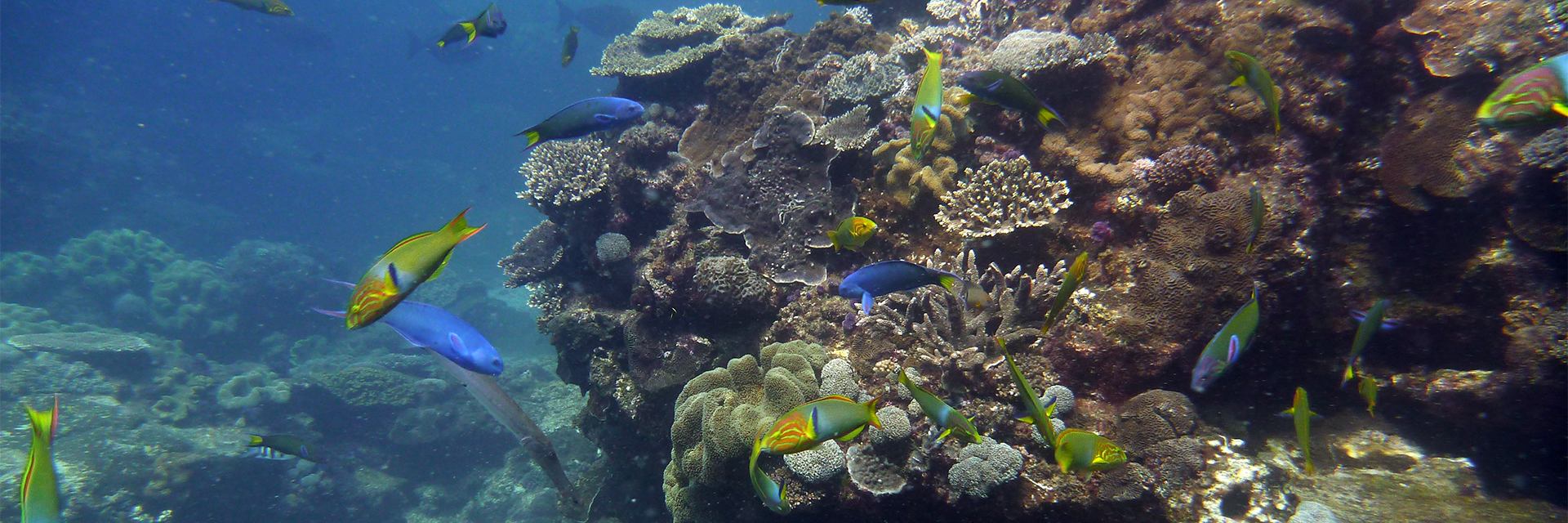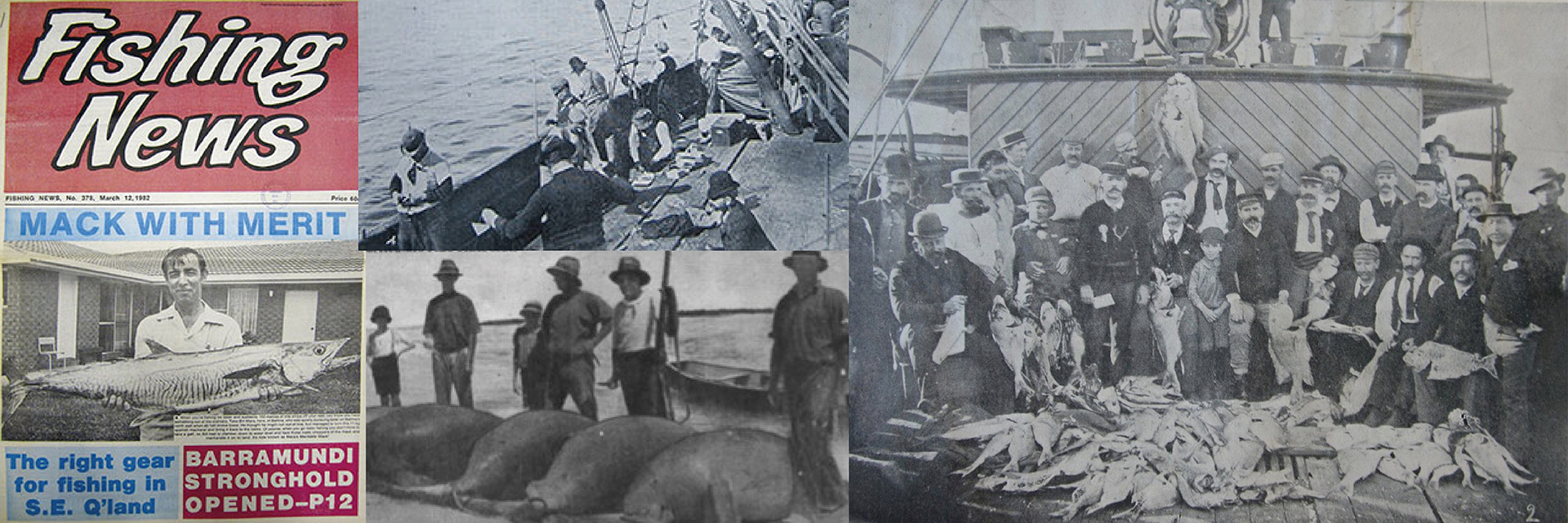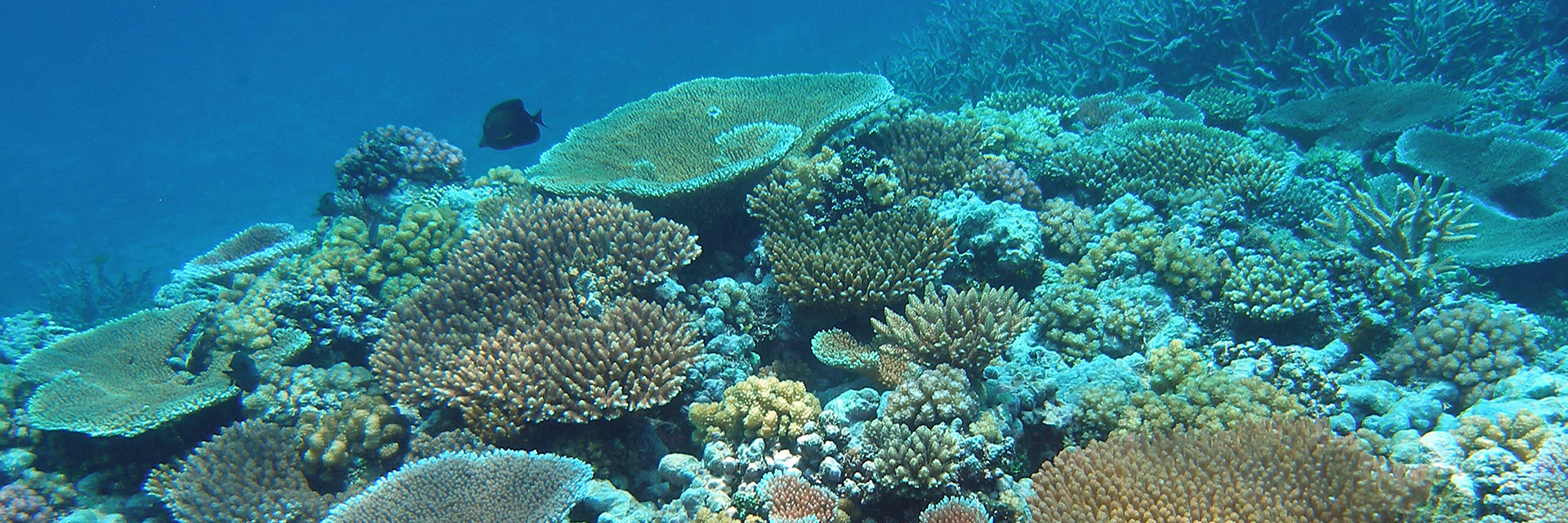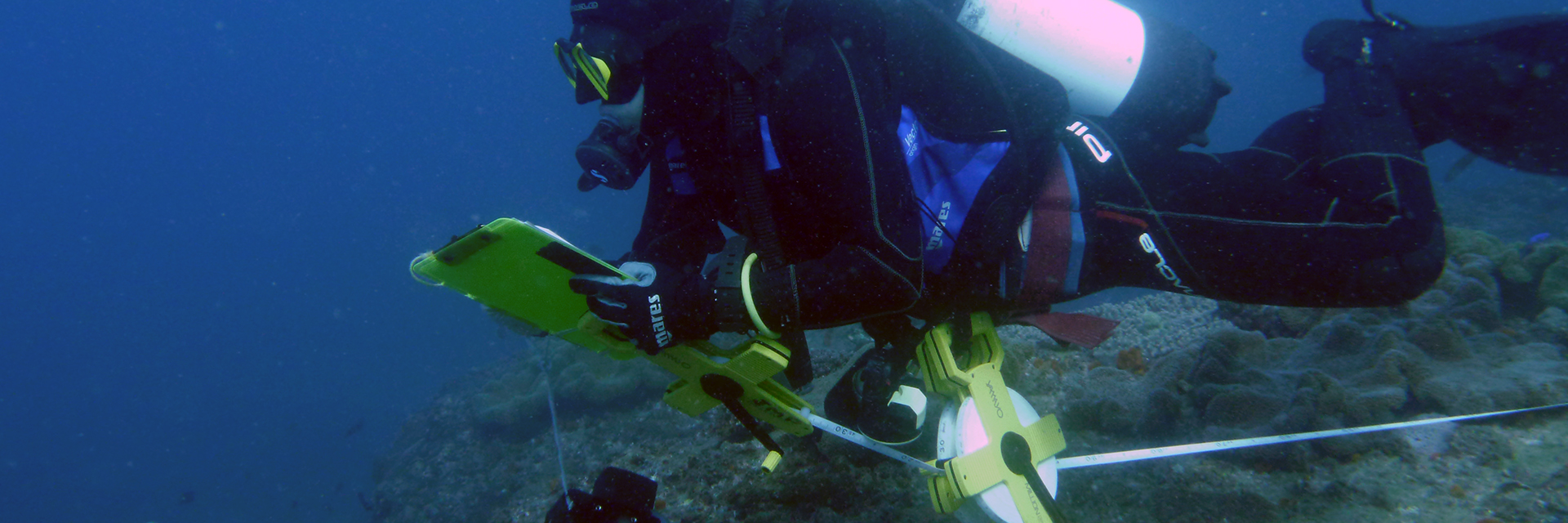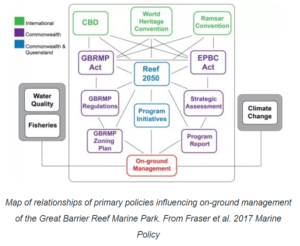A complex and increasing range of environmental and legal policy initiatives have been established to conserve biodiversity by improving management of human activities and their impacts on marine environments. These policies include international agreements, laws and conventions along with those at the national and local level, and span many sectors including conservation, fisheries, and agriculture. Despite this array of policies, along with international and national levels of protection, the condition of Australia’s Great Barrier Reef continues to deteriorate. This trend indicates that policies are inadequate or the right policies have been prescribed but not effectively implemented.
With colleagues from the ARC Centre of Excellence for Coral Reef Studies and the University of Queensland, I determined what policies influenced on-ground management of the Great Barrier Reef World Heritage Area and Marine Park and how these policies were implemented. Further, we identified challenges facing practitioners when applying these policies. In undertaking this research, 19 key informant interviews were conducted across Commonwealth and state jurisdictions and agencies involved in managing the Marine Park, and extensive content analysis of policy instruments relevant to the Great Barrier Reef was undertaken.
Effective policy implementation is a challenging task, limited by gaps between intentions and outcomes, inconsistencies, and conflicting agendas. Identifying how policies are put into practice and their efficacy should lead to improved understanding of whether the intent of international agreements, Commonwealth, and state policy is being realised, and whether this is impacting the ability of on-ground management to deliver effective outcomes for biodiversity.
From the publication: Fraser, K. A., V. M. Adams, R. L. Pressey and J. M. Pandolfi (2017). Purpose, policy, and practice: Intent and reality for on-ground management and outcomes of the Great Barrier Reef Marine Park. Marine Policy. 81: 301-311.
